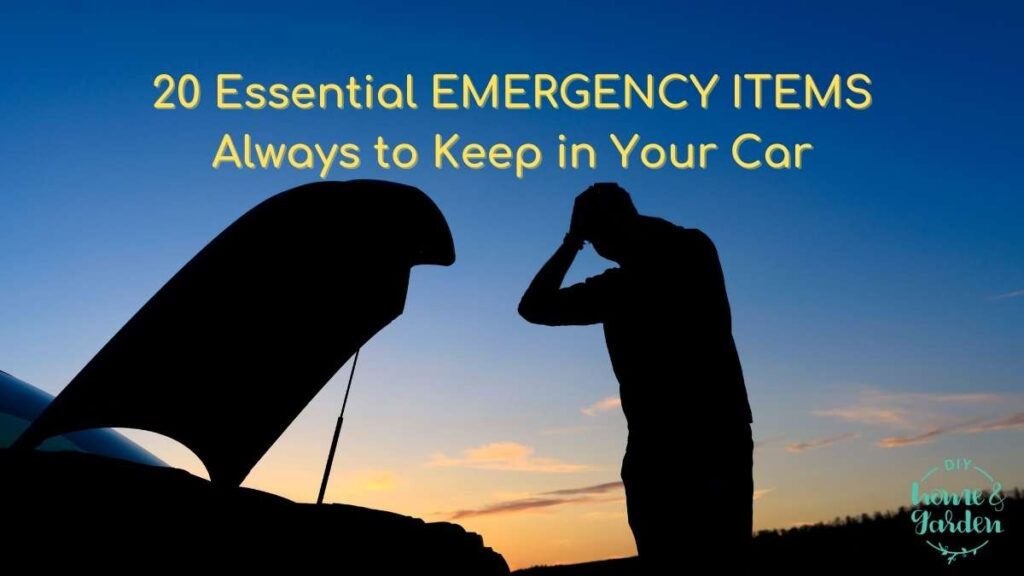Do you know the safest actions to take before, during, and after a storm? Have you ever been caught up in a severe storm, such as a hurricane, flood, or typhoon?
If you have, you will know that it can be one of the most terrifying experiences and cause billions of dollars of damage every year across the world.
However, you can take a few proactive steps to protect your family and your home before a storm even hits. This way, you can help save lives and minimize damage to your property.
In this post, we look at what you should do before, during, and after a storm. So you, your family, and your home can prepare to stay safe.
Before a Storm
It’s a good idea to have a family disaster plan in place anyway. But once a storm has been forecast, it’s even more important to finalize it.
Have a disaster plan written out or typed up and stored in an easily accessible place. For example, by the front door. Or you can tape it to the inside of the kitchen cupboard. Then everyone should know where to go and what to do in the case of an emergency.
You should also have some sort of meeting place identified just in case you all get separated. Ideally, some kind of landmark to look for.
It is also a wise idea to make a family member or friend that lives out of town or state your emergency contact, if possible, just in case the worst happens, and make sure they are aware of who to contact if you don’t get in touch with them. Remember to give them a call. Or send a message to let them know you’re safe once the storm has passed. That way, you can stop them worrying needlessly!
Talk to everyone in your household, including the kids, and make sure that they all know how to shut off the utilities in your home, as this can be helpful in reducing further damage to the property.

Prepare an emergency kit
You should have an emergency kit packed with some basic essentials, including:
- Battery powered torch
- Battery powered radio
- Spare batteries
- Emergency contact numbers
- Essential medicines and prescriptions
- First aid kit
- Emergency food
- Bottled water (plan for 1 gallon per person, per day)
- Manual can opener
- Credit cards and cash
- Spare clothing and footwear
- Copies of identification papers and other essential documents
- Disposable camera
- Phone charger
- Pet food and medications
You might have little or no time to pack this. So it’s a good idea to have it ready where you can just grab it and go.
When a storm has been forecast, make sure that you listen to local TV and radio broadcasts and follow any evacuation orders, if they are issued. If they aren’t, fill up your bathtub with fresh, clean water.
If you have storm shutters on windows and doors, make sure you close them and secured and cover any exposed glass with plywood. Bring in or secure any outdoor toys or furniture to prevent them from flying about and hitting your house. Fill up your car with fuel if possible and have a map ready in case of evacuation.
During a Storm Safety Tips
Assuming you haven’t evacuated and have stayed in your home, it is important to stay away from any exterior doors, windows, and skylights. An interior room, closet, or bathroom are usually the safest places for shelter in a home without a basement. And always shelter with pillows and duvets and snuggle down until the worst is over.
Until you hear confirmation that the storm has passed, stay where you are. The eye of the storm can create a deceptive lull in the winds, and you don’t want to be caught out when it starts up again! If you lose power, keep the refrigerator and freezer doors shut to prevent any perishable food from spoiling.
After the Storm
Even if the storm appears to be over, do not attempt to leave your safe location and return to your home until you have been given the green light by the authorities. When you do go home, make sure you enter the property with care and caution. Turn your battery-operated torch on before you go in, as one small spark can ignite if a gas leak is present.
The first thing you need to do is check that the structure is safe and look for any signs of gas or water leaks, and damage to the electric and sewage systems. If you are unsure, or you smell gas or hear a blowing or hissing noise, stay away and call your gas and utility supplier to report the problem.
Keep away from any fallen power lines and damaged wires and cables. Also, don’t walk or drive through any flood water. These might be electrically charged, or contaminated with raw sewage, oil or gas.
Stay clear of trees, which may be damaged and ready to fall over without notice. Get a call in for tree removal asap.
Until you have been told it is safe to do so, don’t use or drink any tap water as it may have been contaminated, and stay tuned into a local radio station which gives regular updates and information.
If the electric supply is down, don’t be tempted to use a generator indoors. These can emit deadly levels of carbon monoxide. So you should always keep them a safe distance away from windows, vents, or doors.
Make records of the damage
Using the disposable camera from your emergency kit, take some photos of the damage. This includes any damage to the roof, any flooding, and broken windows. When the time comes to put in a claim to your insurance company, you will find these pictures handy for proving the damage and getting approved for repairs or a payout as quickly as possible.
You’ll also want quotes for all sorts of things, including emergency tree services. Your insurers may insist on you using pre-approved companies, but if they don’t, make sure you get a wide variety of quotes.
While you are waiting for repairs, you might want to secure any broken windows and doors. Looting and burglary, after all, is common after a significant storm.
We really hope that you will never need to use these disaster prep and recovery tips, but they are always worth keeping in mind. Good luck – and stay safe!
The Takeaway: The time to plan for a storm is now
As regular readers know, I share hurricane tips often as I live in Eastern North Carolina. It’s always a good reminder that we should be vigilant in case a disaster strikes.

